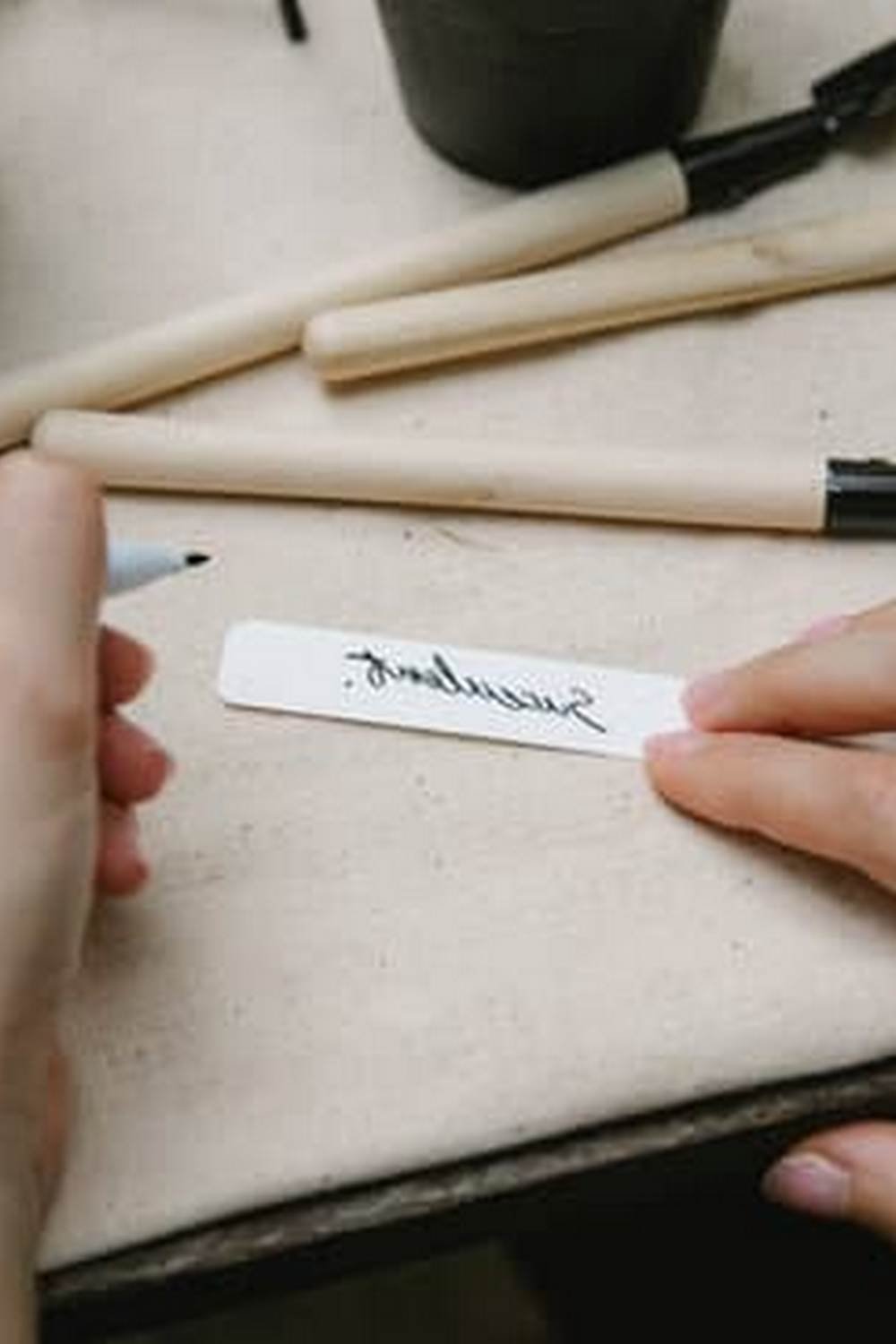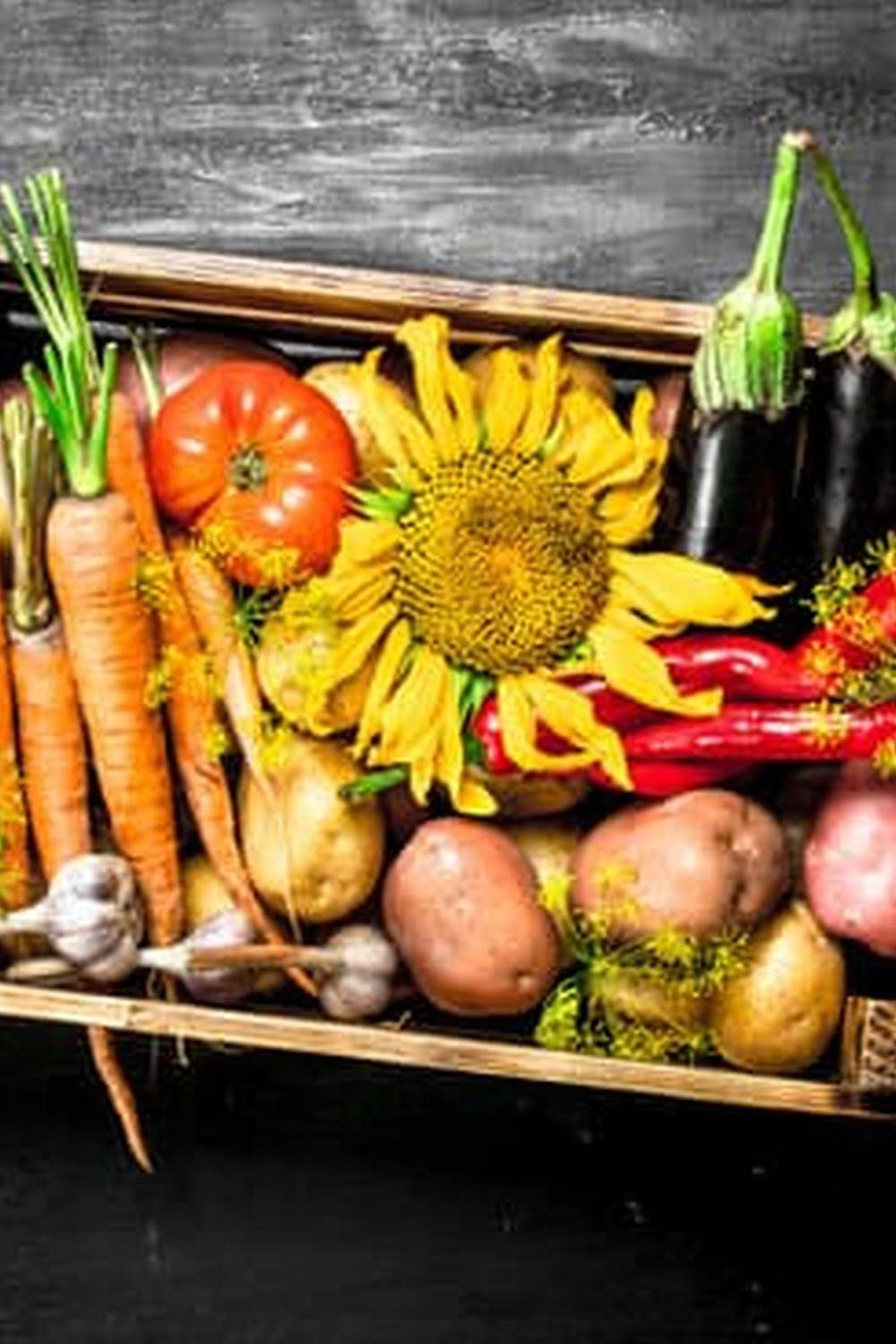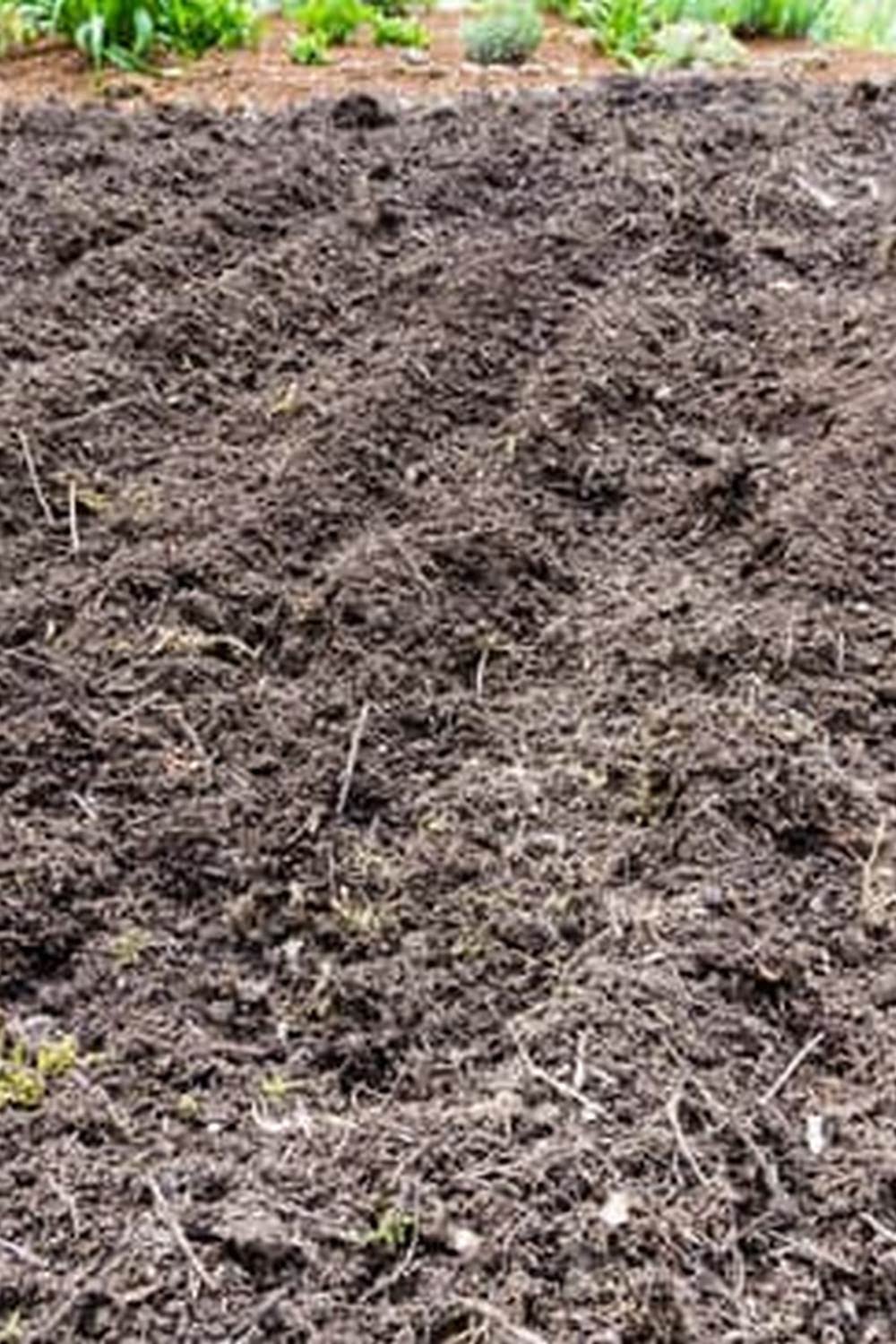How To Plant A Vegetable Garden In A Container
Planning and planting a vegetable garden in a container is a great way to get started with gardening, even if you have limited space. You can grow a variety of vegetables in containers, depending on the size of the container and the type of vegetables you choose.
When planning your container garden, start by choosing a sunny spot. Most vegetables need at least six hours of sunlight per day. If you’re limited on space, choose compact varieties of vegetables that will grow well in a container.
Next, decide what vegetables you want to grow. Some vegetables that grow well in containers include tomatoes, peppers, cucumbers, zucchini, lettuce, spinach, and herbs.
Once you’ve chosen your vegetables, select a container that is large enough to accommodate them. Be sure to check the size of the vegetables you plan to grow, as some vegetables can get quite large. A good rule of thumb is to choose a container that is at least twice the size of the vegetable.
When selecting a container, be sure to choose one with drainage holes. This is important, as wet soil can lead to root rot. You can either drill your own drainage holes, or buy a container that already has them.
Once you’ve selected your container, it’s time to start planting. Start by adding a layer of gravel or small stones to the bottom of the container. This will help with drainage. Then add a layer of soil. Be sure to use a soil that is specifically designed for containers. You can buy soil at most garden centers.
Once you’ve added the soil, start planting your vegetables. Follow the planting instructions that come with the vegetables. Be sure to water your vegetables regularly, especially during hot weather.
Container gardening is a great way to get started with gardening, even if you have limited space. You can grow a variety of vegetables in containers, depending on the size of the container and the type of vegetables you choose. When planning your container garden, start by choosing a sunny spot. Most vegetables need at least six hours of sunlight per day. Next, decide what vegetables you want to grow. Some vegetables that grow well in containers include tomatoes, peppers, cucumbers, zucchini, lettuce, spinach, and herbs. Once you’ve chosen your vegetables, select a container that is large enough to accommodate them. Be sure to check the size of the vegetables you plan to grow, as some vegetables can get quite large. A good rule of thumb is to choose a container that is at least twice the size of the vegetable. When selecting a container, be sure to choose one with drainage holes. This is important, as wet soil can lead to root rot. You can either drill your own drainage holes, or buy a container that already has them. Once you’ve selected your container, it’s time to start planting. Start by adding a layer of gravel or small stones to the bottom of the container. This will help with drainage. Then add a layer of soil. Be sure to use a soil that is specifically designed for containers. You can buy soil at most garden centers. Once you’ve added the soil, start planting your vegetables. Follow the planting instructions that come with the vegetables. Be sure to water your vegetables regularly, especially during hot weather.
How To Plant The Vegetable Garden
Now that the weather is warming up, it’s time to start thinking about planting your vegetable garden. Here are a few tips to help you get started:
1. Choose a sunny spot in your yard. Vegetables need at least 6 hours of sunlight per day to grow properly.
2. Lay out your garden plot. You’ll want to make sure you have enough room to plant everything you want.
3. Start by planting the taller vegetables in the back of the garden, and the shorter vegetables in the front. This will help ensure that all the vegetables get enough sunlight.
4. Amend the soil with compost or manure to improve its fertility.
5. Dig a hole for each vegetable, and plant it according to the instructions on the seed packet.
6. Water the vegetables regularly, and fertilize them every few weeks with a nitrogen-rich fertilizer.
7. Harvest the vegetables when they’re ripe. Enjoy!
3 Tier Planter Vegetable Garden
If you’re looking for a way to garden that doesn’t require a lot of space, a 3 tier planter vegetable garden may be the perfect solution for you. This type of garden is perfect for people who live in apartments or who have limited garden space.
A 3 tier planter vegetable garden is a raised garden bed that is divided into three tiers. The bottom tier is used for planting vegetables that grow below the ground, such as carrots and radishes. The middle tier is used for planting vegetables that grow in the ground, such as tomatoes and peppers. The top tier is used for planting vegetables that grow above the ground, such as lettuce and broccoli.
This type of garden is easy to set up and easy to use. All you have to do is purchase a 3 tier planter vegetable garden, fill it with soil, and plant your vegetables. The garden can be placed on your patio, balcony, or in your backyard.
A 3 tier planter vegetable garden is a great way to get started in gardening. It is also a great way to increase your garden space.
How To Plant A Organic Vegetable Garden
When it comes to organic gardening, there is no one “right” way to do things. However, there are some basic tenets of organic gardening that can help you create a thriving vegetable garden.
The first step is to select a site for your garden. The site should receive full sun, and have well-drained soil. If your soil is not well-drained, you can improve it by adding organic matter, such as compost.
Once you have selected a site, the next step is to prepare the soil. This can be done by tilling the soil, or by using a mulching technique. If you are using a mulching technique, you will need to lay down a layer of organic matter, such as compost, before planting your vegetables.
The next step is to choose your vegetables. When choosing vegetables, be sure to choose varieties that are suited to your climate and soil type.
Once you have chosen your vegetables, it is time to plant them. Be sure to follow the instructions on the seed packet, and to plant the seeds at the correct depth.
Once your vegetables have been planted, it is important to water them regularly. Be sure to water them deeply, and to avoid over-watering.
If you are using a mulching technique, you will only need to water your vegetables once or twice a week. However, if you are not using a mulching technique, you will need to water your vegetables every day.
It is also important to fertilize your vegetables. You can do this by using organic fertilizers, such as compost or manure.
Finally, be sure to keep your vegetables well-weeded. Weeds can compete with vegetables for water and nutrients, and can also harbor pests and diseases.
By following these basic tenets of organic gardening, you can create a thriving vegetable garden.
Where Can I Buy Garden Vegetable Plants
?
If you’re looking to buy garden vegetable plants, there are a few things you need to consider before you make your purchase.
The first thing to think about is what types of vegetables you want to grow. Not all vegetables are created equal – some are easier to grow than others. So, if you’re a beginner gardener, it might be a good idea to start with some of the easier vegetables, like tomatoes, peppers or cucumbers.
Once you’ve decided what types of vegetables you want to grow, you need to consider the climate where you live. Some vegetables, like broccoli or cabbage, grow best in cooler climates, while others, like tomatoes or squash, grow better in warmer climates.
Once you’ve narrowed down your choices, it’s time to start shopping for plants. There are a number of places you can buy garden vegetable plants, including garden centers, nurseries and online stores.
When you’re shopping for plants, be sure to check the label to see how big the plants will get. Some plants, like tomatoes, can get quite large, so you’ll need to make sure you have enough space in your garden for them to grow.
Also, be sure to ask the store attendant for advice on how to care for the plants. Each type of vegetable has its own unique care requirements, and it’s important to follow the instructions carefully if you want your plants to thrive.
Now that you know where to buy garden vegetable plants, it’s time to get started on your garden!

If you’re looking to get into vegetable gardening, or are just looking for some tips on how to make your current garden better, then you’ve come to the right place! My name is Ethel and I have been gardening for years. In this blog, I’m going to share with you some of my best tips on how to create a successful vegetable garden.





